See inside the 'doomsday' seed vault, where billions of seeds are stored in case of nuclear war
Opened in 2008 near Longyearbyen, the vault cost approximately $9 million to construct and was funded entirely by the Norwegian government as a service to the global community. It drew in funding from a number of initiatives including the Bill & Melinda Gates Foundation.

The vault is located on the remote island of Svalbard. At 430 feet above sea level, its flood-proof location will remain totally dry, even when ice caps melt.
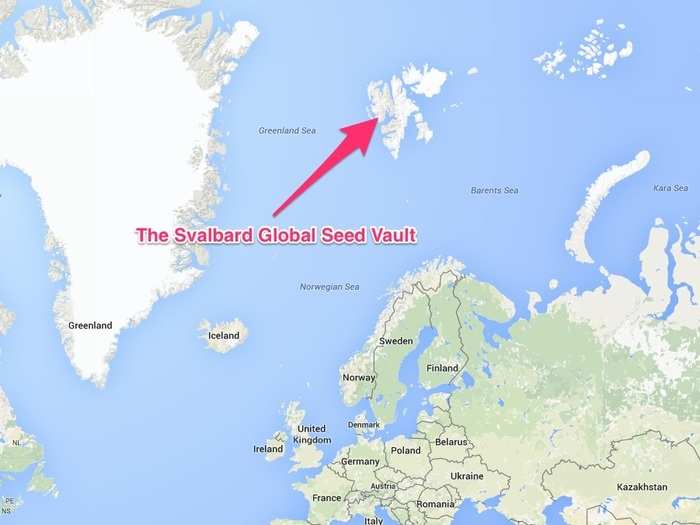
There are over 1,700 genebanks around the world which hold seed samples, but many are vulnerable to extreme weather conditions or conflict. The Svalbard seed vault is the ultimate safe haven for these crops.
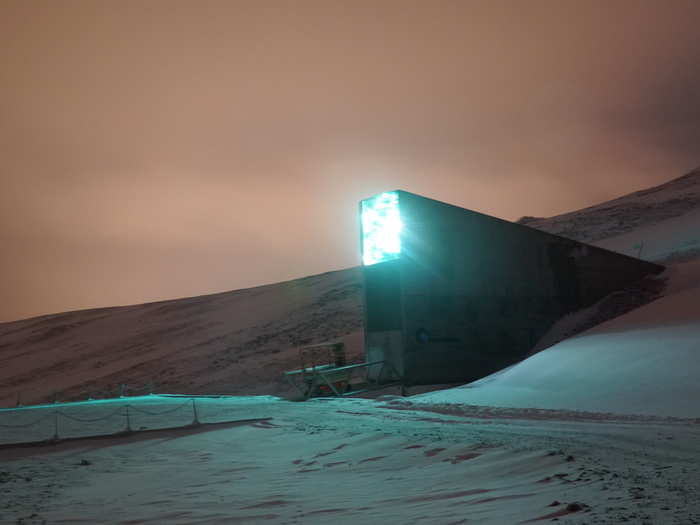
The seeds are hidden behind thick concrete walls and armed guards are often posted outside.
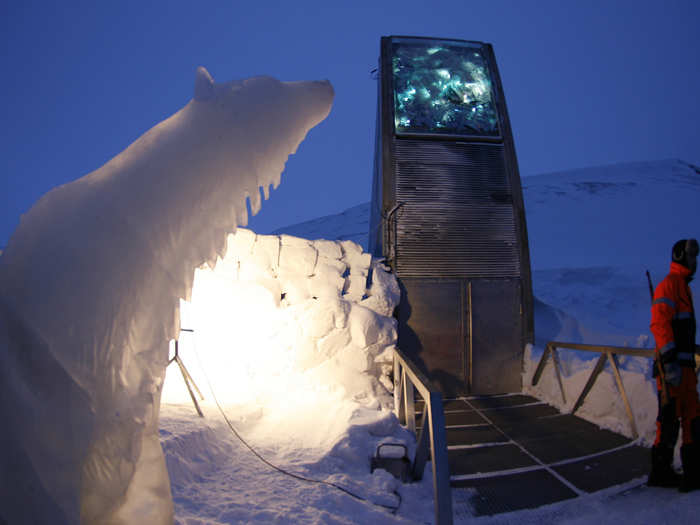
They also patrol the corridors inside.
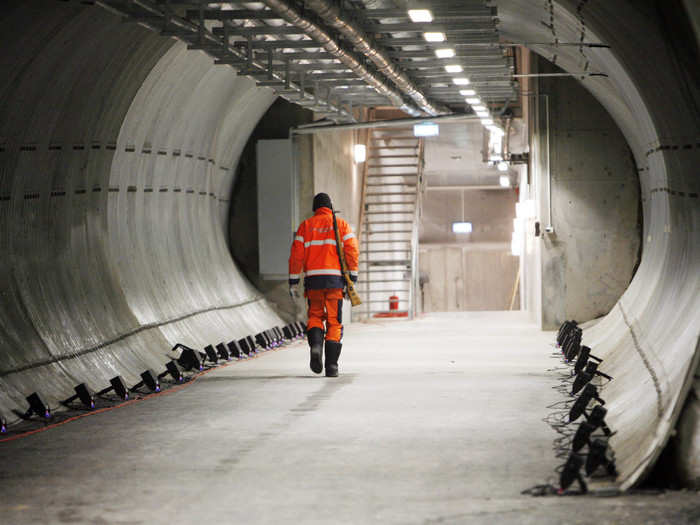
The seeds are stored at -18 degrees Celsius (-.04 degrees Fahrenheit?) in specially designed four-ply foil packages that allow the seeds to remain viable for up to thousands of years.
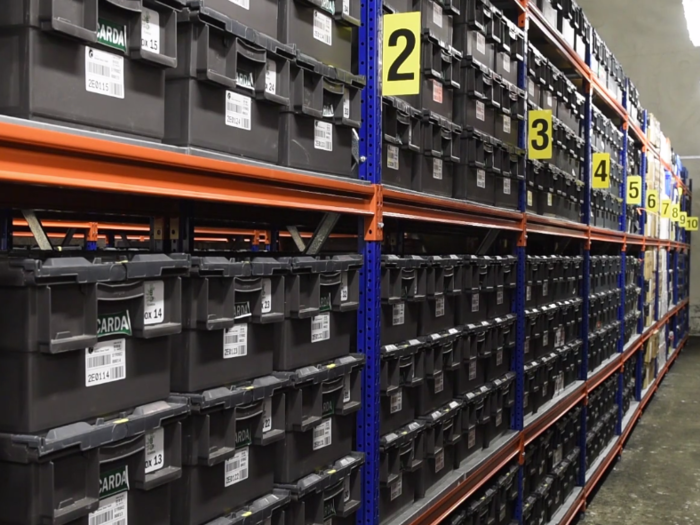
Thanks to the surrounding permafrost, even if the electricity used for refrigeration were to go out, the seeds could survive for several weeks before returning to the surrounding bedrock’s natural temperature of -3 Celsius (26.6 degrees Fahrenheit?). This is still sufficiently cool to store the seeds.
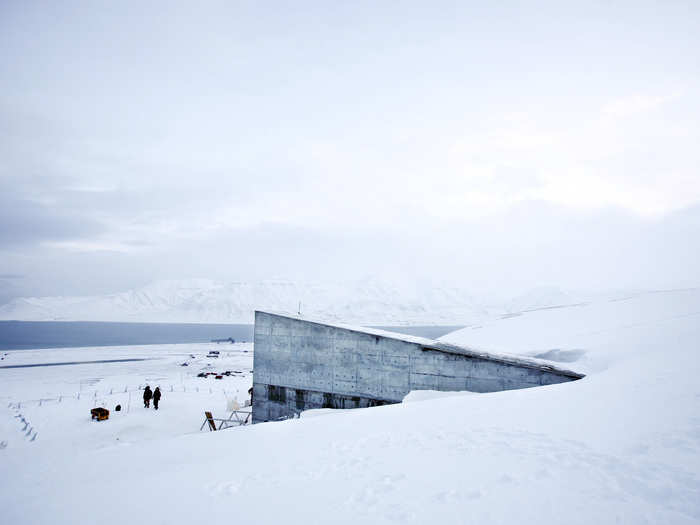
There’s room for 4.5 million seed samples in the vault, and with each sample containing 500 seeds, that means a whopping 2.25 billion seeds can be stored.
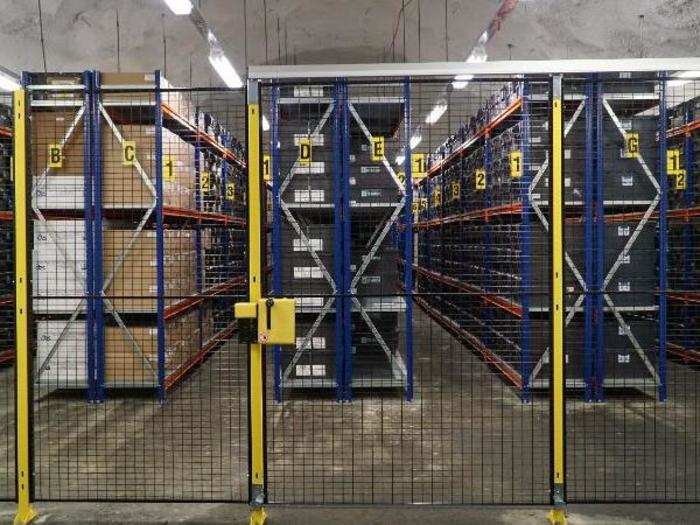
864,000 samples are currently being contained within the vault.
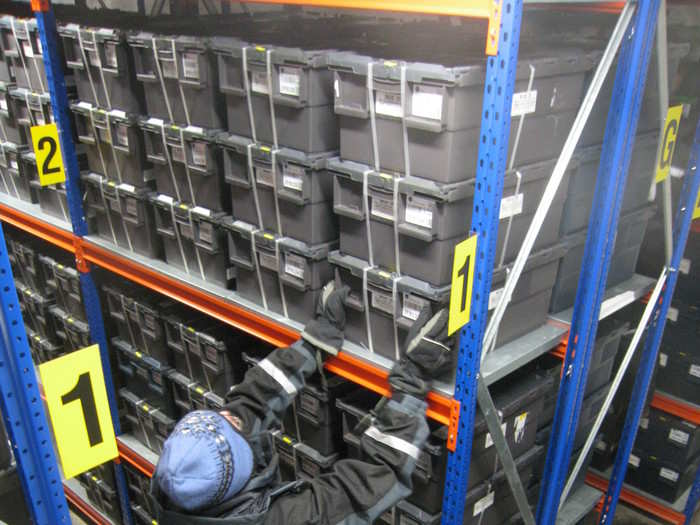
The first withdrawal from the vault was made in October 2015. 38,073 seed samples were taken out and sent to Morocco and Lebanon, where they will be planted in an attempt to restore ancient crops lost during Syria’s civil war.
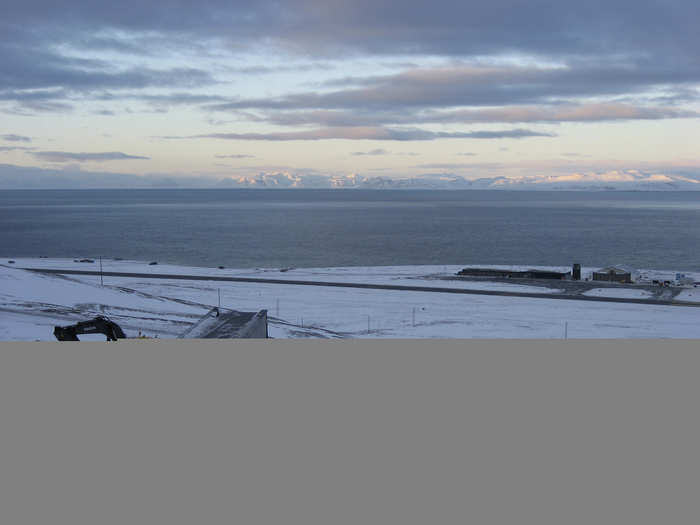
The next deposits are due in March and May, although details, including where the samples will be coming from, are unclear.
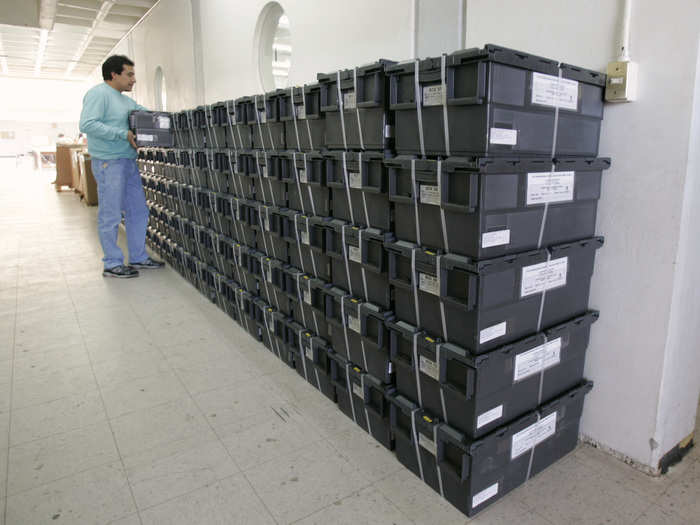
There are seed samples for every crop you can think of from all continents. From rice and wheat to maize and cowpea, it truly is the most diverse collection of seed samples on earth. In this picture, you can see seed samples that have been shipped over from North Korea.
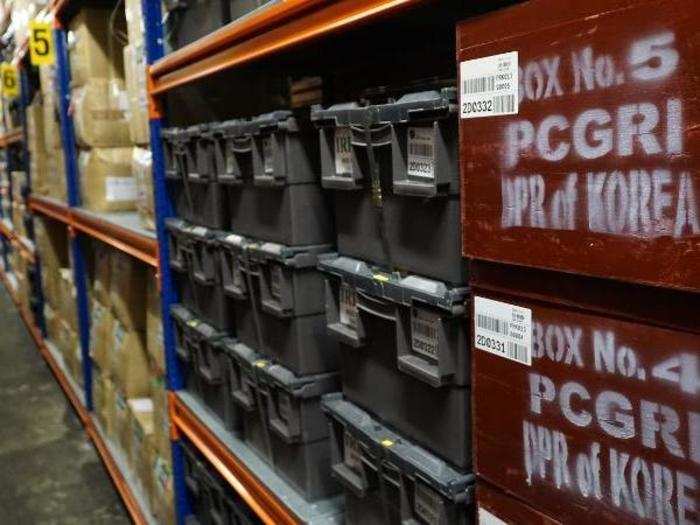
The extinction of a crop is as irreversible as the extinction of an animal, and that’s what makes this vault so important.
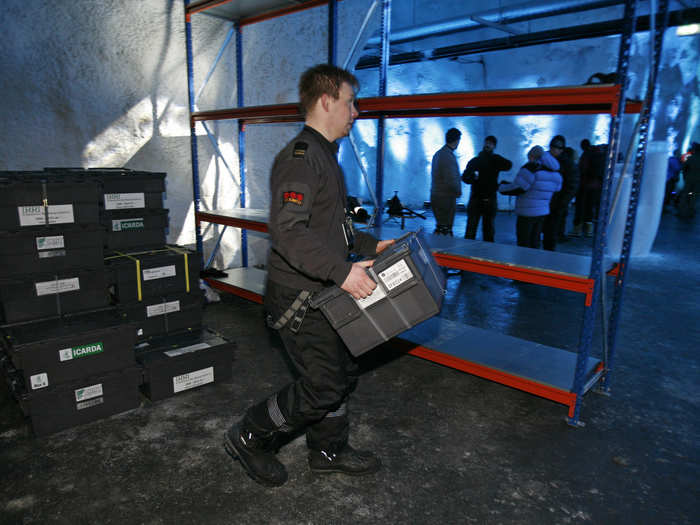
In Norway, any government-funded construction project over a certain cost must include a work of art. In this case, artist Dyveke Sanne installed reflective stainless steel and mirrors which reflect the Arctic sun on the top and front face of the vault. At night, fibre-optic cables light it up.
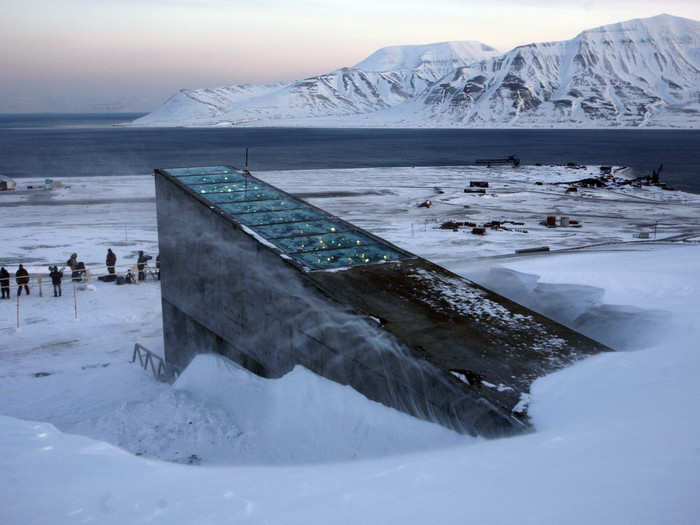
The Svalbard Global Seed Vault was ranked at the sixth best innovation of 2008 by Time?.
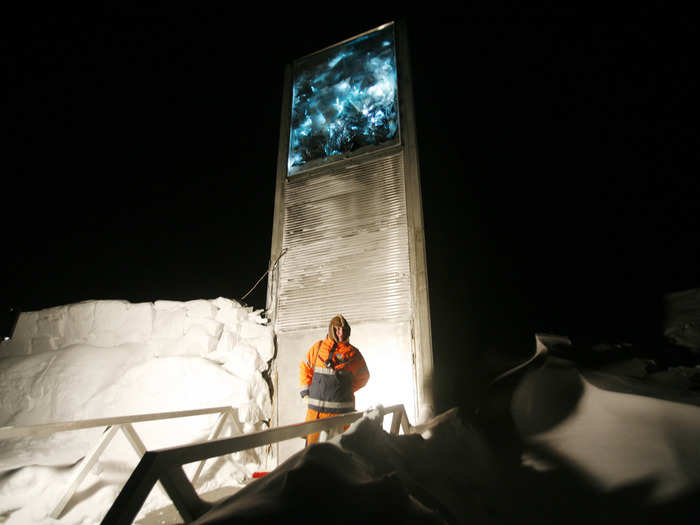
Popular Right Now
Advertisement